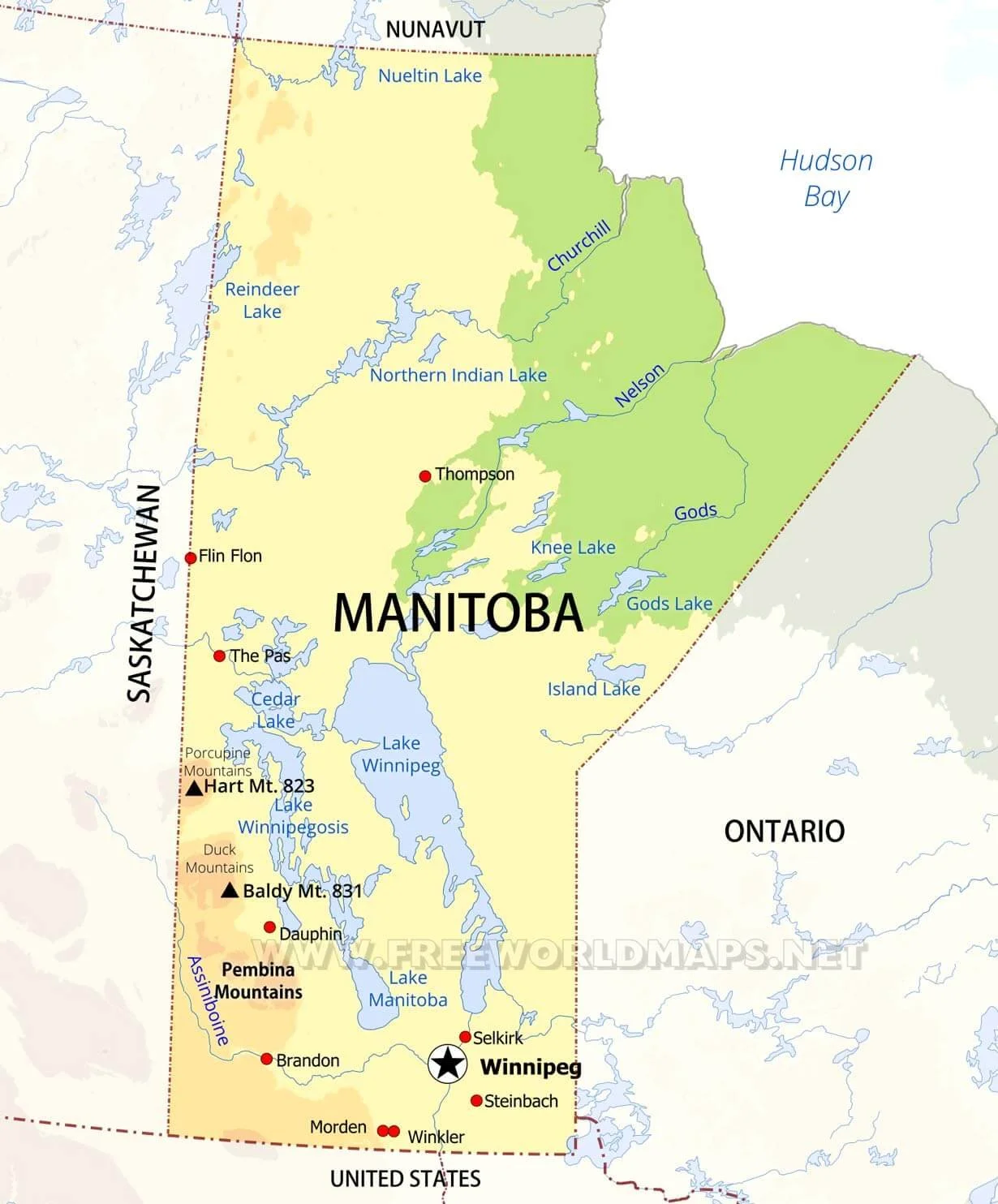Impact of Centralized Transport Coordination (VECTRS) on Rural STEMI Care
Every year, many Manitobans living in rural communities experience serious heart attacks (STEMIs). For these patients, restoring blood flow quickly is critical: every 30 minutes of delay increases the risk of death. In the past, transfers from rural hospitals to St. Boniface Hospital for emergency treatment often faced delays due to multiple phone calls and coordination and transportation challenges.
In December 2024, Manitoba introduced VECTRS (Virtual Emergency Care & Transfer Resource Service), a centralized system that coordinates transfers and provides real-time guidance. By streamlining communication and transportion to the cardiac cath lab, VECTRS has the potential to significantly reduce treatment delays and improve survival for rural patients.
What’s Next
We are studying the impact of VECTRS on first medical contact-to-balloon times (time from first medical contact to the procedure to open the blocked vessel), hospitalization outcomes, and 1-year survival. By identifying which parts of the transfer process improved most, we can continue refining pathways to ensure rural and remote patients get timely, life-saving care.
How You Can Help
Your donation will support the team in collecting and analyzing data on VECTRS. With this evidence, we can work with key stakeholders and health care system leaders to ensure that no matter where a patient lives in Manitoba, they receive the fastest possible treatment for a heart attack.




